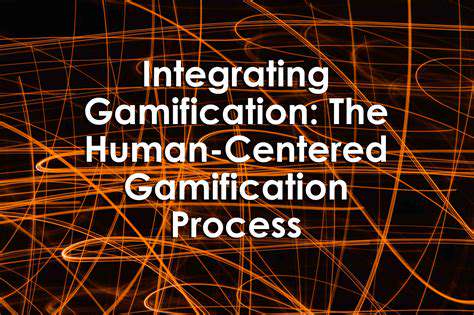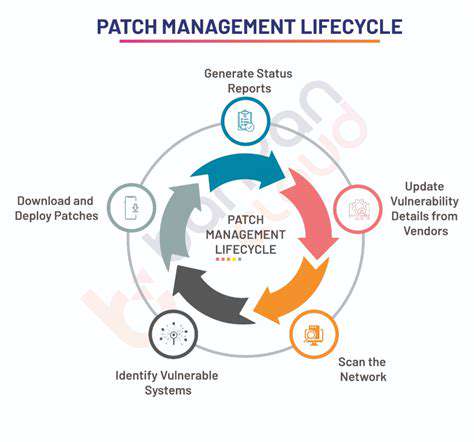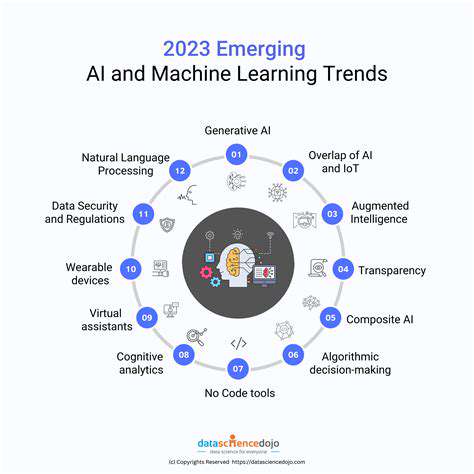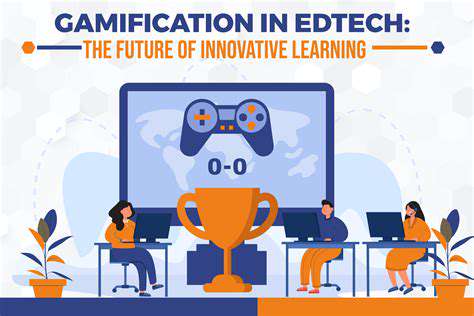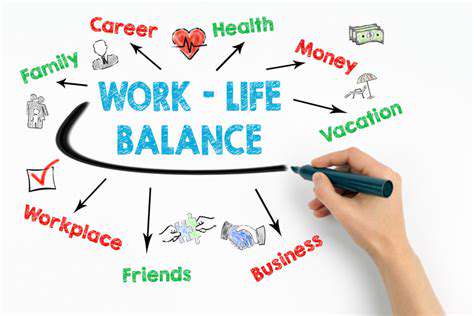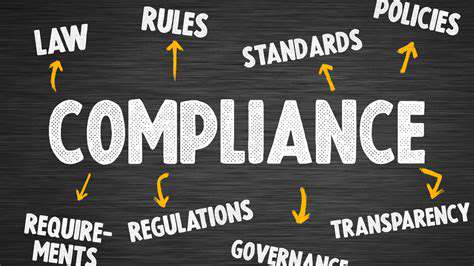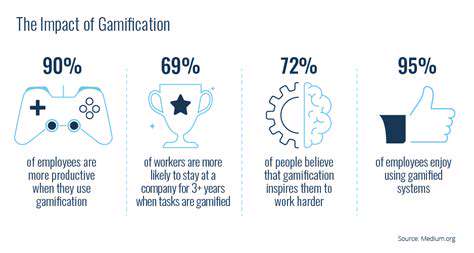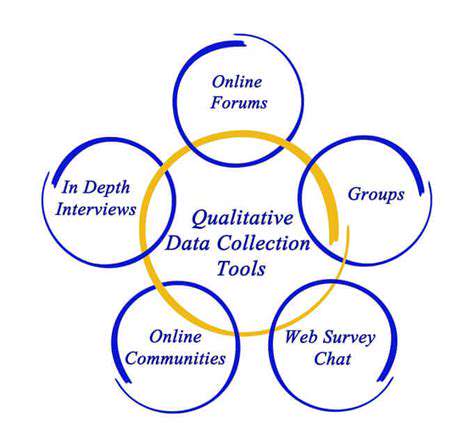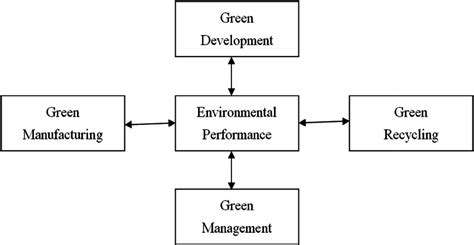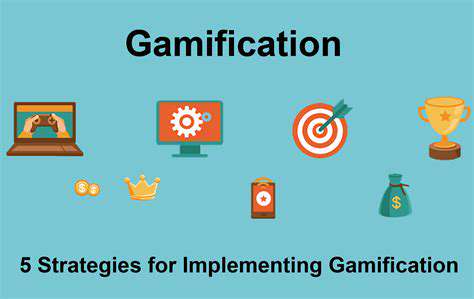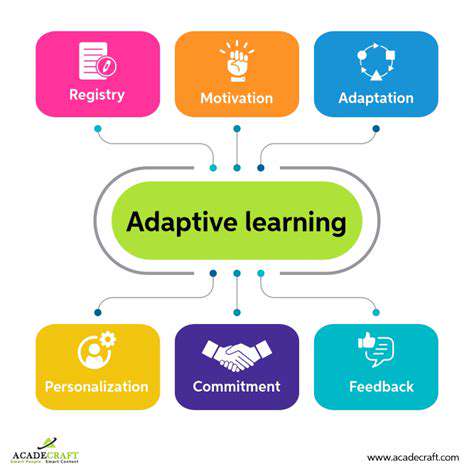Gamification: Transforming Classroom Drills into Adventures
Gamification, the application of game design elements in non-game contexts, offers a powerful approach to transform traditional classroom drills into engaging adventures. This approach leverages intrinsic motivators like challenge, achievement, and competition to stimulate student interest and drive their learning. By incorporating points, badges, leaderboards, and other game mechanics, educators can create a sense of excitement and accomplishment that motivates students to actively participate and master the material.
Imagine a math lesson transformed into a quest where students collect points by solving problems, earning badges for mastering different skills, and competing with classmates to achieve the highest score. This approach not only makes learning more fun but also encourages students to persevere through challenges, foster a growth mindset, and develop a love for the subject matter. These elements, combined with a well-structured learning environment, create a dynamic and effective learning experience.
Furthermore, incorporating elements of collaboration and teamwork through gamified activities fosters social interaction and communication skills. Students learn to work together, support each other, and celebrate successes as a team, strengthening their social-emotional development alongside their academic growth. This holistic approach to learning creates a more engaging and enriching educational experience.
By transforming passive learning into active engagement, gamification can unlock the full potential of students, fostering a deeper understanding and lasting enthusiasm for learning.
The use of rewards and recognition, such as virtual currency or badges, can further motivate students and create a sense of accomplishment, while also fostering healthy competition among peers. This positive reinforcement system fosters a more positive and productive learning atmosphere.
Gamification can also help educators tailor their lessons to meet the individual needs of each student. By incorporating personalized learning paths and challenges, educators can create a more inclusive and effective learning environment.
Designing Engaging Challenges

Understanding the Psychology of Engagement
Designing engaging challenges requires a deep understanding of human psychology. Individuals are motivated by a variety of factors, including a sense of accomplishment, the opportunity to learn and grow, and the satisfaction of overcoming obstacles. These psychological drivers influence how we perceive and respond to challenges, so understanding them is crucial for creating experiences that truly resonate.
By tapping into these intrinsic motivators, designers can craft challenges that go beyond simple tasks and become meaningful experiences. This understanding allows us to create challenges that foster intrinsic motivation, leading to greater levels of engagement and long-term interest.
Setting Realistic and Measurable Goals
Clearly defined goals are essential for any successful challenge. These goals need to be not only ambitious but also realistic and measurable. Vague or unattainable goals can lead to frustration and disengagement, while specific, measurable goals provide a clear path for progress and a tangible sense of accomplishment.
A well-structured challenge should outline specific, measurable, achievable, relevant, and time-bound (SMART) goals. This ensures participants understand the expectations and can track their progress effectively, maintaining their engagement.
Creating a Supportive and Collaborative Environment
A supportive environment encourages participation and fosters a sense of community. This can be achieved through various strategies, such as online forums, discussion groups, or dedicated mentorship programs. These platforms allow participants to connect with others, share experiences, and provide mutual support.
Creating a challenge that fosters collaboration is crucial. Challenges that encourage teamwork and knowledge sharing can create a stronger sense of community and shared accomplishment among participants.
Incorporating Gamification Techniques
Gamification techniques can significantly enhance engagement by incorporating elements of game design. Implementing points systems, leaderboards, badges, and other rewards can transform the challenge into a more engaging and competitive experience.
Integrating rewards and recognition mechanisms can motivate participants and increase their sense of accomplishment. These techniques also encourage continued participation and enhance the overall enjoyment of the challenge.
Providing Regular Feedback and Recognition
Providing regular feedback and recognition is essential for maintaining momentum and motivation within a challenge. Constructive feedback helps participants understand their progress and areas for improvement, while timely recognition reinforces positive behaviors and encourages continued effort.
Regular communication and feedback loops are crucial for keeping participants informed and engaged throughout the challenge. This helps maintain a sense of progress and direction.
Leveraging Technology for Enhanced Engagement
Utilizing technology can significantly enhance the design and delivery of challenges. Interactive platforms, online tools, and mobile apps can offer a more dynamic and engaging experience for participants.
Technology allows for personalized learning experiences and tailored feedback, which can significantly enhance the engagement and effectiveness of a challenge. This approach also allows for real-time tracking and progress monitoring, boosting participants' motivation.
Interactive storytelling, a rapidly evolving field, moves beyond passive consumption of narratives. It empowers readers to actively participate in shaping the story's trajectory, influencing plot points and character development. This dynamic approach fosters a deeper connection with the narrative, transforming the reader from a mere observer into a co-creator of the story's unfolding.
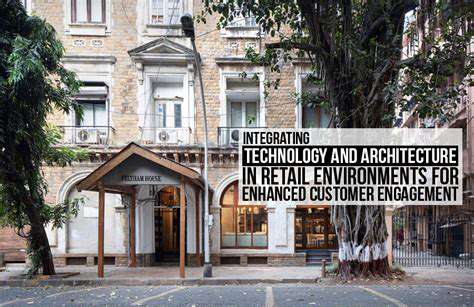
Measuring Success and Adapting Strategies
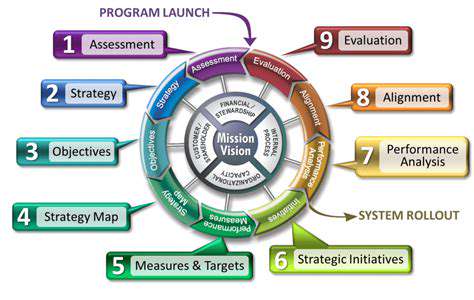
Defining Success Metrics
Success in any endeavor, whether personal or professional, requires a clear understanding of what constitutes success. This necessitates defining specific, measurable, achievable, relevant, and time-bound (SMART) metrics. For example, if the goal is to improve customer satisfaction, metrics could include the average customer rating on a feedback survey, the number of customer complaints resolved, or the percentage of customers who recommend the product or service to others. Defining these metrics upfront allows for consistent tracking and evaluation of progress.
Furthermore, it's crucial to consider the context and specific goals of the endeavor when establishing these metrics. What might be considered a success metric in one situation might not be appropriate in another. A comprehensive understanding of the desired outcomes is key to developing meaningful success indicators.
Adapting to Changing Circumstances
The business environment is dynamic and constantly evolving. Market trends, technological advancements, and shifts in consumer preferences necessitate continuous adaptation. Successfully navigating these changes requires a flexible and adaptable mindset. This involves staying informed about emerging trends and being willing to adjust strategies and approaches as needed.
Adaptability also means being receptive to feedback from various sources. Customer input, employee suggestions, and industry analysis can all provide valuable insights for making necessary adjustments to strategies and processes.
Monitoring Performance Indicators
Regular monitoring of performance indicators is essential to track progress towards established goals. This involves collecting data, analyzing trends, and identifying areas where adjustments might be needed. Consistent monitoring allows for proactive intervention and course correction, preventing potential setbacks and ensuring continued progress.
Tools and technologies are available to automate the data collection and analysis process, freeing up time and resources for strategic decision-making. Utilizing these tools can improve the efficiency and effectiveness of monitoring performance indicators.
Evaluating Strategy Effectiveness
Evaluating the effectiveness of strategies is crucial to ensure they are aligned with the desired outcomes. This involves comparing actual results against projected outcomes and identifying any discrepancies or deviations. Analyzing these discrepancies can help pinpoint areas where strategies need refinement or adjustments.
Implementing Necessary Adjustments
Based on the evaluation of strategy effectiveness, implementing necessary adjustments is critical for maximizing success. This might involve modifying existing strategies, adopting new approaches, or altering resource allocation. Implementing these adjustments in a timely and strategic manner can significantly impact the achievement of desired outcomes.
Effective communication and collaboration between stakeholders are essential during this process. Sharing insights and working together to implement changes can create a more unified and productive approach to achieving success.
Learning from Experiences
Every experience, whether successful or not, provides valuable learning opportunities. Analyzing past successes and failures can reveal patterns and insights that can be applied to future endeavors. By reflecting on past experiences and identifying key takeaways, individuals and organizations can improve their strategies and processes for optimal outcomes.
Documenting lessons learned, both positive and negative, is crucial for knowledge retention and future application. This documentation should encompass detailed descriptions of the situation, actions taken, outcomes achieved, and key takeaways for future decision-making.
